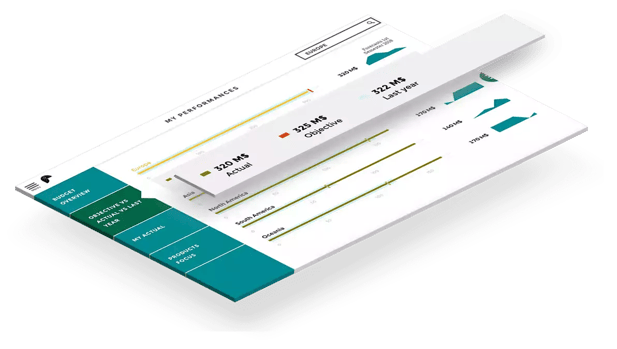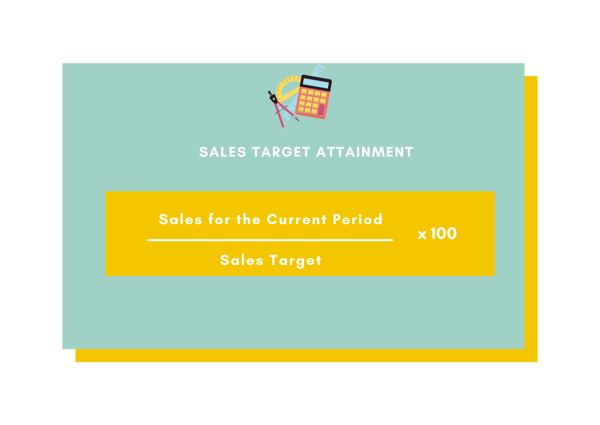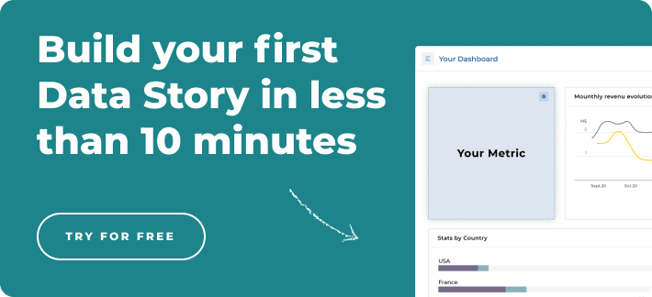Sales target - how to calculate it?
The sales target KPI is a measure of current sales revenue typically compared against a target for revenue generation or against past performance. Sales targets are often goals set at the individual, team, or department level and are most often measured in revenue/monetary value, number of accounts, or number of units sold over a specified time period.
Sales targets are useful tools that enable sales teams and companies to easily measure and estimate their opportunity contribution to the overall sales goal. Especially today, monitoring sales performance against sales targets is fundamental to a successful selling strategy.
It’s important that sales targets are visible and agreed upon with input from the entire team. It can be particularly useful to have a sales dashboard to track, monitor, and motivate team selling activity.

Sales targets, and dashboards, are used at all levels of an organization, from executives and sales directors to sales managers and sales representatives.
How to calculate sales targets?
Some of the key components making up sales targets include:
- the number of new customers acquired over a given time period
- income or revenue generated over that period
To calculate a team or individuals, attainment of a predetermined sales target, divide total sales for the current period divided by the target that was set and then multiply that figure by 100 to get a percentage. It looks like this:

A key component of success here is to set attainable yet ambitious sales targets. To calculate your sales target, make sure that you account for your ambitions as an organization, past performance (both at the individual and company level), resource distribution, investment, and so on. Setting the right targets can be extremely motivating and more impactful than you might initially think.
Make sure you consider:
- How your sales will be distributed (e.g. dispersion between net new business, expansion, etc.)
- How you structure your teams’ incentives based on the targets you set
Types of sales targets
- Unweighted sales targets: this is the sum of all opportunities you have in your pipeline, but doesn’t account for any deals that are lost in the process (e.g. it means a 100% closing rate).
- Weight sales targets: this takes the weighted value of all the opportunities you have in your pipeline (the value based on which pipeline stage the opportunities are in). This is a much more objective target that takes loss probability into account.
- Ranked sales targets: this is the sum of your opportunities based on the rankings that sales reps ascribe to each individual opportunity and is a more personal sales target (which has a lot of value!).
Once you set your sales targets, it's vital that you track them well. But, at the end of the day, powerful analytics don’t have to be complex and frustrating. Check out how Toucan can make it easy to connect to any data and deliver insights to everyone in minutes - no Ph.D. required.


